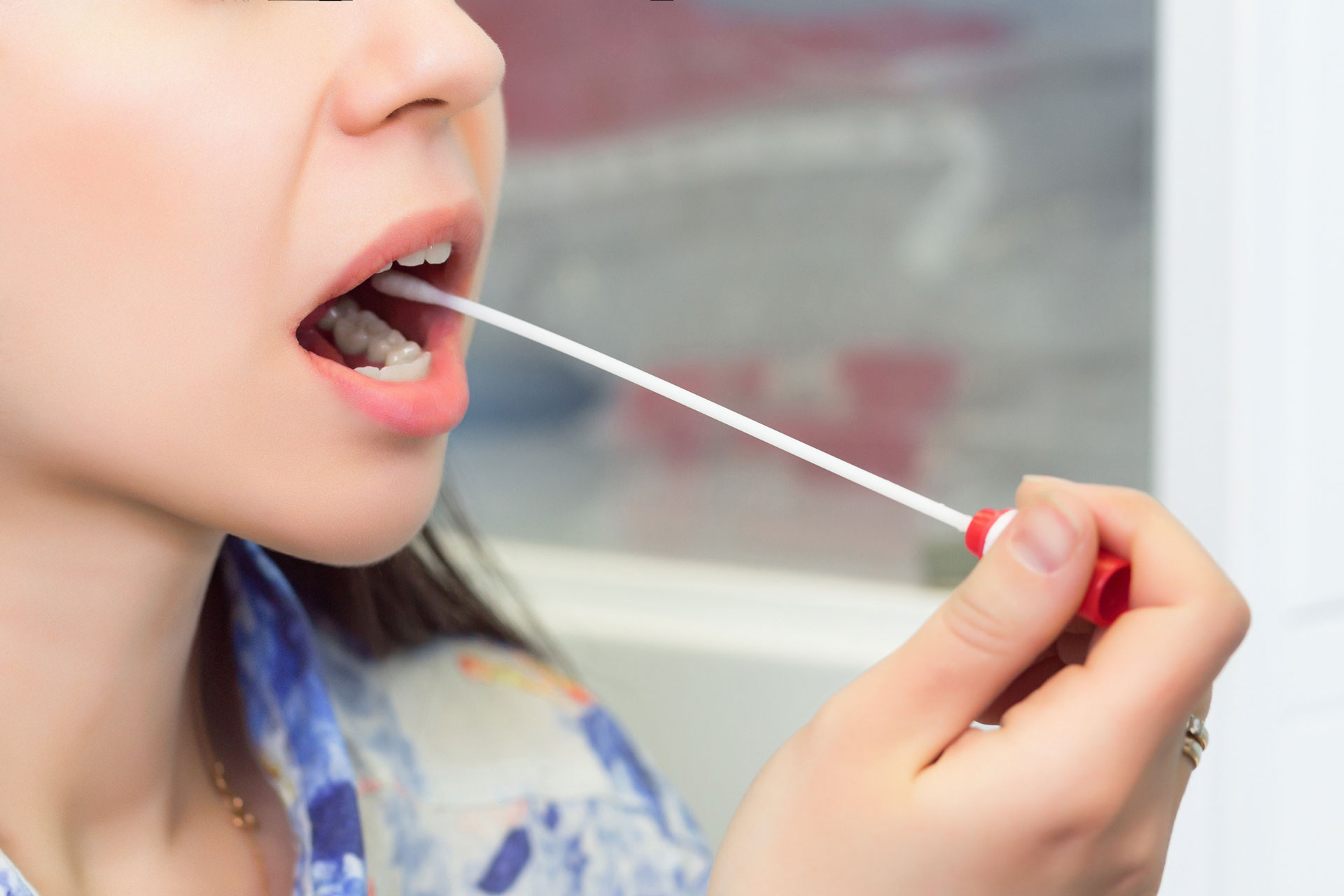Hormone Diagnostics
When assessing hormone status and detecting endocrine disorders, a thorough medical history evaluation and detailed examination of the symptoms are the first priorities. Based on the collected data, it is determined which laboratory parameters and which type of sample material are most appropriate. Depending on the clinical question, analysis of serum, saliva or urine can offer differing insights into endocrine functions. Therefore, the focus is not on the “best laboratory diagnostic method” or the best sample material per se, but rather on the clinical question, which ultimately dictates the choice of the appropriate analysis.
Endocrinological laboratory diagnostics complement the information obtained from the medical history and refine the diagnosis. Likewise, hormone testing is used for therapy monitoring and helps to better estimate individual treatment and dosage requirements.
Hormone Testing in Saliva
Saliva testing provides the opportunity to measure only the free, biologically active hormones. Sample collection is non-invasive, painless, and can be performed at any time and place.
Only about 1-5% of the total amount of steroid hormones is present in an unbound state.
Saliva testing is particularly useful for adrenal hormones such as cortisol and DHEA, as well as for the sex hormones oestradiol, progesterone, and testosterone. It is also recommended for monitoring hormone levels in cases of low-dose, topical application of bioidentical hormones.
However, saliva analysis does not provide information about the total hormone production, steroid hormone metabolism, or the concentration of steroid hormone-binding proteins.
Key Points to Consider When Interpreting Salivary Hormone Concentrations
When interpreting hormone levels in saliva, it is important to note that low hormone concentrations do not necessarily indicate a reduced hormone synthesis. Such a result merely points to a lack of active hormones (free hormones). In this case, it is essential – taking clinical symptoms into account – to check the serum levels to determine if hormone synthesis is actually reduced. Another possible reason for low hormone levels in saliva is increased concentrations of transport proteins such as sex hormone-binding globulin (SHBG) and corticosteroid-binding globulin (CBG). For further clarification, additional testing of SHBG and/or CBG in serum is recommended.
Hormone Testing in Serum/Plasma
For many endocrinological and gynaecological questions, serum analysis has an established evidence base and – taking the abovementioned considerations into account – allows for a valid assessment. About 95-99% of steroid hormones in serum are bound to transport proteins such as CBG, SHBG, and albumin. With the exception of testosterone, serum testing does not differentiate between free and bound hormones. Thus, this method mainly reflects the biologically inactive hormones. However, by determining transport proteins such as SHBG or CBG, the proportion of free hormones can at least be estimated.
Percentage Distribution of Bound and Free Hormones in Blood
| Testosterone (male) | 50% bound to albumin |
| Testosterone (female) | 30% bound to albumin |
| Oestradiol (male) | 78% bound to albumin |
| Oestradiol (female) | 61% bound to albumin |
| Cortisol | 6–7% bound to albumin |
| Progesterone | mainly bound to albumin |
| DHEA and DHEAS | mostly bound to albumin, with a small proportion bound to SHBG |
Hormone Testing in Urine
Urine analysis can detect conjugated, bioactive hormones and the corresponding (conjugated) hormone metabolites. This can provide information on the activity of various enzymes and reaction balances in hormone synthesis pathways. Thus, urine testing offers insight into the kinetics of steroid hormone metabolism.
Indication
Hormone testing in urine can be used – among other things – for risk assessment and preventive diagnostics in postmenopausal women by determining carcinogenic oestrogen metabolites. Depending on individual enzyme activities, the concentrations of various metabolites can vary, each of them with either protective or potentially mitogenic or mutagenic effects. The screening of oestrogen metabolites forms the basis for appropriate therapeutic measures aimed at modulating enzyme activities and thereby reducing the risk of breast cancer.
The Right Timing for Sample Collection
For women with amenorrhoea or in postmenopause, as well as for men, samples can be collected on any day. For women of reproductive age (approximately 14 to 45 years), multiple hormone measurements over at least two or preferably three cycles are necessary for reliable results due to natural cycle fluctuations.
For testosterone testing in women, sample collection during the early follicular phase is considered most suitable, as fluctuations in testosterone levels are minimal at this point in time. As part of basic endocrinological diagnostics, hormones such as oestradiol, testosterone, LH, FSH, TSH, as well as prolactin, DHEAS, and androstenedione can be measured during the first half of the cycle (3rd to 5th day of the cycle*). Progesterone testing, however, is only appropriate during the luteal phase (second half of the cycle), between the 19th and 22nd day of the cycle*. For irregular cycles, this corresponds to about 5-6 days before the onset of menstruation.
* Note: These recommendations are based on a 28-day cycle.
Factors Affecting Steroid Hormone Levels
If hormone levels are not within the reference range, various causes may be considered:
- Diseases and lifestyle factors
- Influence of therapeutic factors on laboratory results:
- Hormonal contraceptives
- Transdermal hormone therapy
- Oral use of antibiotics
- Glucocorticoid therapy
- Antidepressants
- Light exposure (circadian rhythm, seasonal changes)
- Influence of transport proteins on steroid hormone concentrations
- Albumin binds all types of steroid hormones non-specifically but with low affinity.
- Corticosteroid-binding globulin (CBG) binds glucocorticoids and progesterone with high affinity.
- Sex hormone-binding globulin (SHBG) binds androgens and oestrogens with high affinity.

